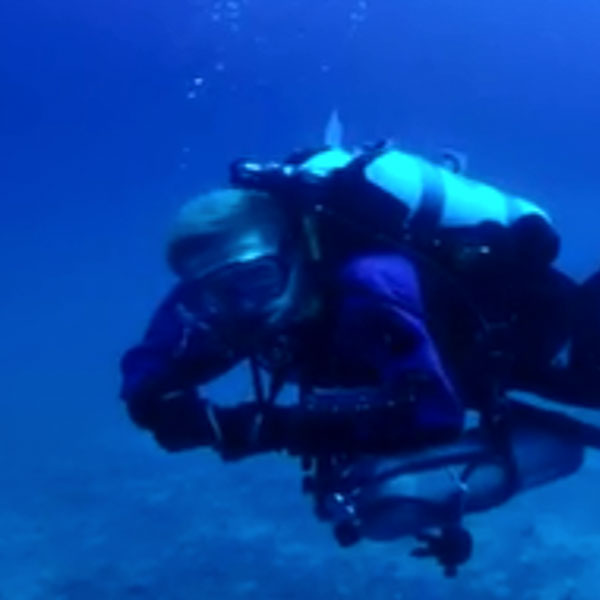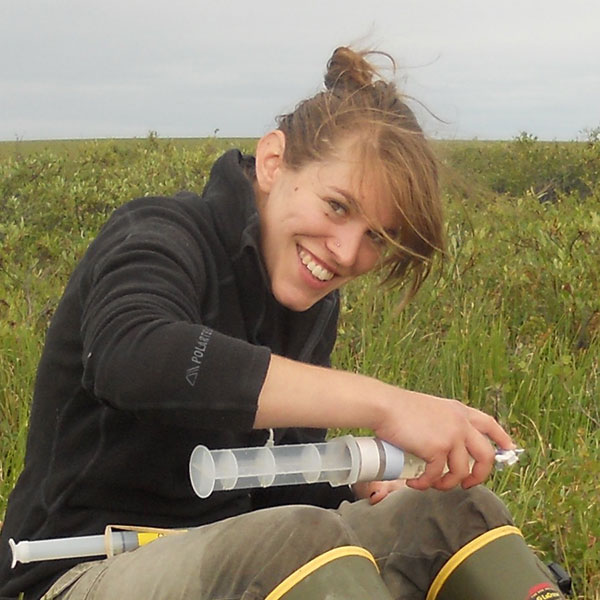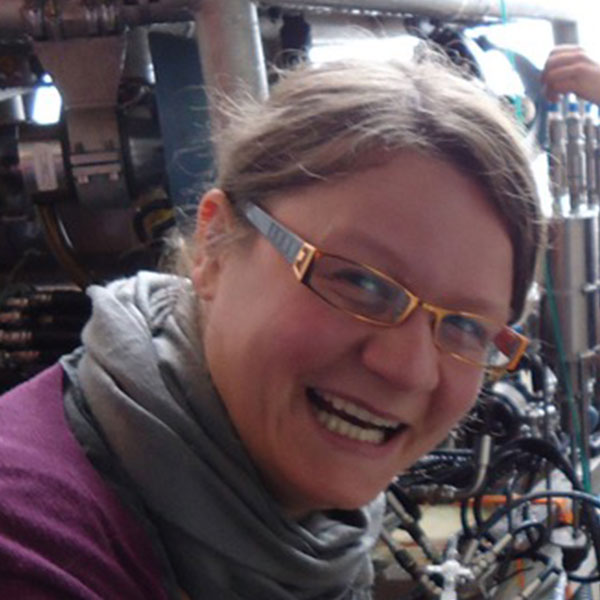Person: Nathaniel Buck
Nathaniel Buck is a research scientist with the Joint Institute for the Study of the Atmosphere and Ocean (JISAO) at the University of Washington and the Pacific Marine Environmental Laboratory (PMEL) in Seattle. Nathan received a bachelor’s of science degree in marine science from Long Island University, Southampton College, in December 1999. He continued his … Continued










